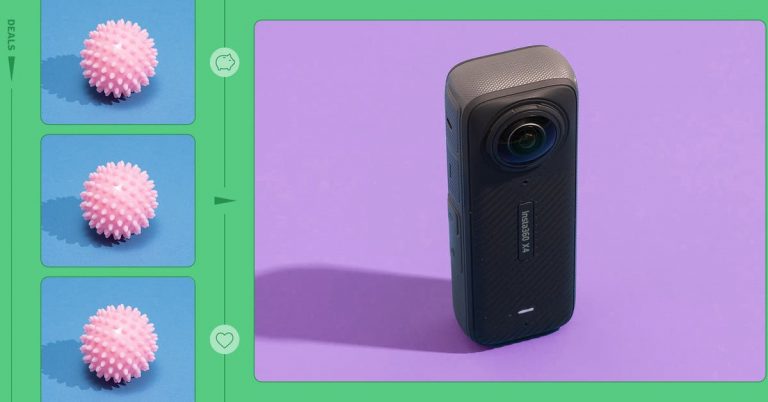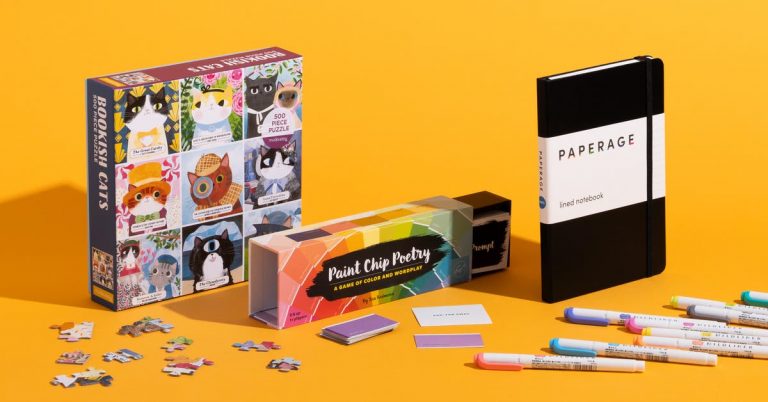The 3 Best Cheap Coffee Makers of 2025

A great cheap coffee maker should consistently produce flavorful, hot coffee and be easy to use and program. To find the best model, we looked for coffee makers with the following qualities:
Balanced coffee: The end product of any coffee machine — cheap or expensive — should taste good. This includes brewing coffee that is enjoyable whether it will be sipped black or with milk, cream, or sugar added.
Out of the gate, the machine should also brew hot enough to extract a pleasant flavor from the beans and yield a pot that stays hot for a reasonable amount of time, without getting so hot that it scorches the coffee.
Consistent brewing: The coffee machine should be designed so that the coffee grounds in the filter are evenly saturated by the brewing water, which helps create a good-tasting cup. The basket should drain at a rate that prevents the filter from overflowing.
Reasonable brew time: The faster a coffee maker can brew a pot (without sacrificing flavor), the better. While speed is not inherently indicative of great coffee, a good rule of thumb is that a 12-cup pot in a drip coffee maker should take between 11 and 13 minutes to brew, and no more than 15.
Ease of use: The most basic function — on, off — should be unmistakable and utterly foolproof. The instruction manual should be clear and understandable both when describing basic brewing functions as well as going into greater detail about special features.
Simple, ergonomic design: Every part of the machine that the user interacts with — from holding and pouring from the carafe to filling the water reservoir to preparing the filter basket before brewing — should be comfortable and safe for repeated use. It shouldn’t be difficult to add water to the brewing reservoir, and the amount of water in the reservoir should be clearly visible.
Replaceable parts: You should be able to replace the carafe if it breaks, so that you don’t have to throw the whole machine away. Same with removable water reservoirs, on the machines that have them. If the machine comes with or calls for a carbon filter in its water reservoir, those should be easy to replace too.
Nice-to-have features: Cheap coffee makers don’t always have a lot of settings, but any auxiliary features that make them more convenient are a plus. We appreciated extras such as the ability to preprogram a brew, an automatic shut-off function, a removable water reservoir, easy-to-read fill guidelines, a reusable coffee filter, a carbon filter for the water tank, and the option to brew a “bold” or smaller batch (1 to 4 cups).
Because this is a budget category, we stuck to machines that ranged from the very cheap (around $30) to a mid-tier ceiling (just under $100).

In order to compare models, we brewed full- and half-size batches of coffee in each machine, following coffee to water ratios in each machine’s user manual. (For subsequent rounds, we followed the Specialty Coffee Association’s recommended coffee-to-water ratio.) We used paper filters, and in cases where the machine came with a reusable filter, we tried that out as well.
We brewed approachable medium-roast coffees on both the regular and the rich settings (when applicable), first with the pre-ground Peet’s Big Bang Blend and then with the whole-bean Big Bang Blend, which we ground fresh using the Baratza Encore, our pick for the best coffee grinder.
During brewing, we closely monitored the machines for issues such as overflowing baskets. With the resulting batches, we evaluated several key taste components: sweetness, balance, flavor complexity, bitterness, and texture.
For the first full- and half-size pots we made in each machine, we used the ratio of grounds to water recommended in the user manual.). We then brewed subsequent batches following the Specialty Coffee Association’s recommended coffee-to-water ratio: 1.63 grams of ground coffee per ounce of water. (A tablespoon yields roughly 7 grams of ground coffee. The SCA ratio calls for a little more than 8 grams per 5 ounces, making a noticeably stronger cup, and one that we preferred.)
We timed each batch and used a thermometer to record the temperature of the coffee in the carafe immediately after brewing. According to the Specialty Coffee Association standards, the brewing temperature should be between 195 °F and 205 °F. Accounting for the coffee cooling as it drains into the carafe, the finished temperature would ideally be at least 180 °F.
Because weight is a more precise measurement than volume, we weighed the amount of water we put into the reservoir, as well as the amount of brewed coffee that came out of the machine. We did this in order to gauge how much volume was lost during the brew, either from evaporation during the water-heating process, or from being absorbed into the coffee grounds. To avoid consistently too-strong coffee, we looked for machines that had less water loss through evaporation.

In addition, we inspected the grounds after brewing to both ensure that the coffee was fully saturated during the brew and gauge how evenly the combination of spray head and basket allowed the brewing water to pass through the grounds. The more evenly the water saturates the grounds, the more balanced the flavor will be.






